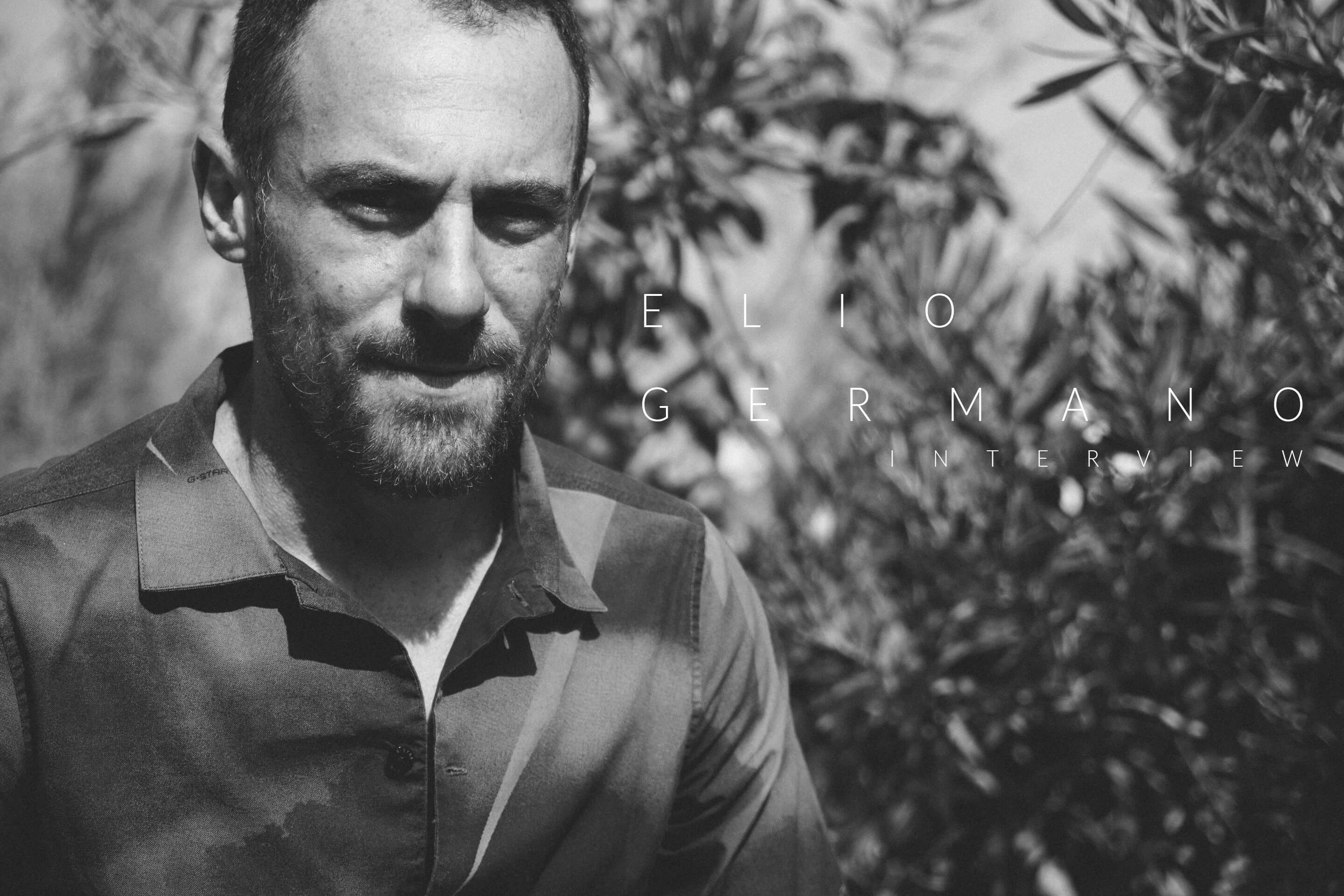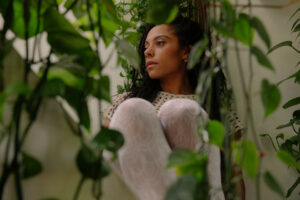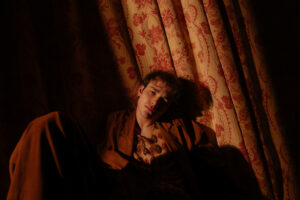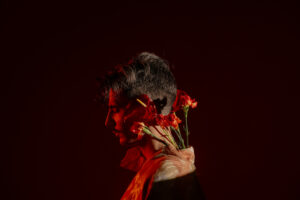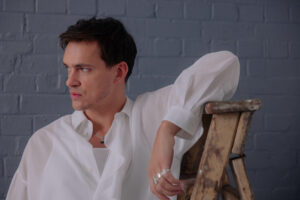Elio Germano presents at Venice 76 the adaptation in VR of his theatre play “La mia battaglia” (“My battle”), which he wrote four-handed with Chiara Lagani. This time, he collaborates with Omar Rashid, founder of the multimedia project Gold, to make a virtual reality film out of his show and tour the main Italian theaters.
We had a chat with both of them during the Festival: here’s what Elio and Omar told us about the genesis of the project, their personal experience, their hopes and the role that virtual reality has in our society and in our times.
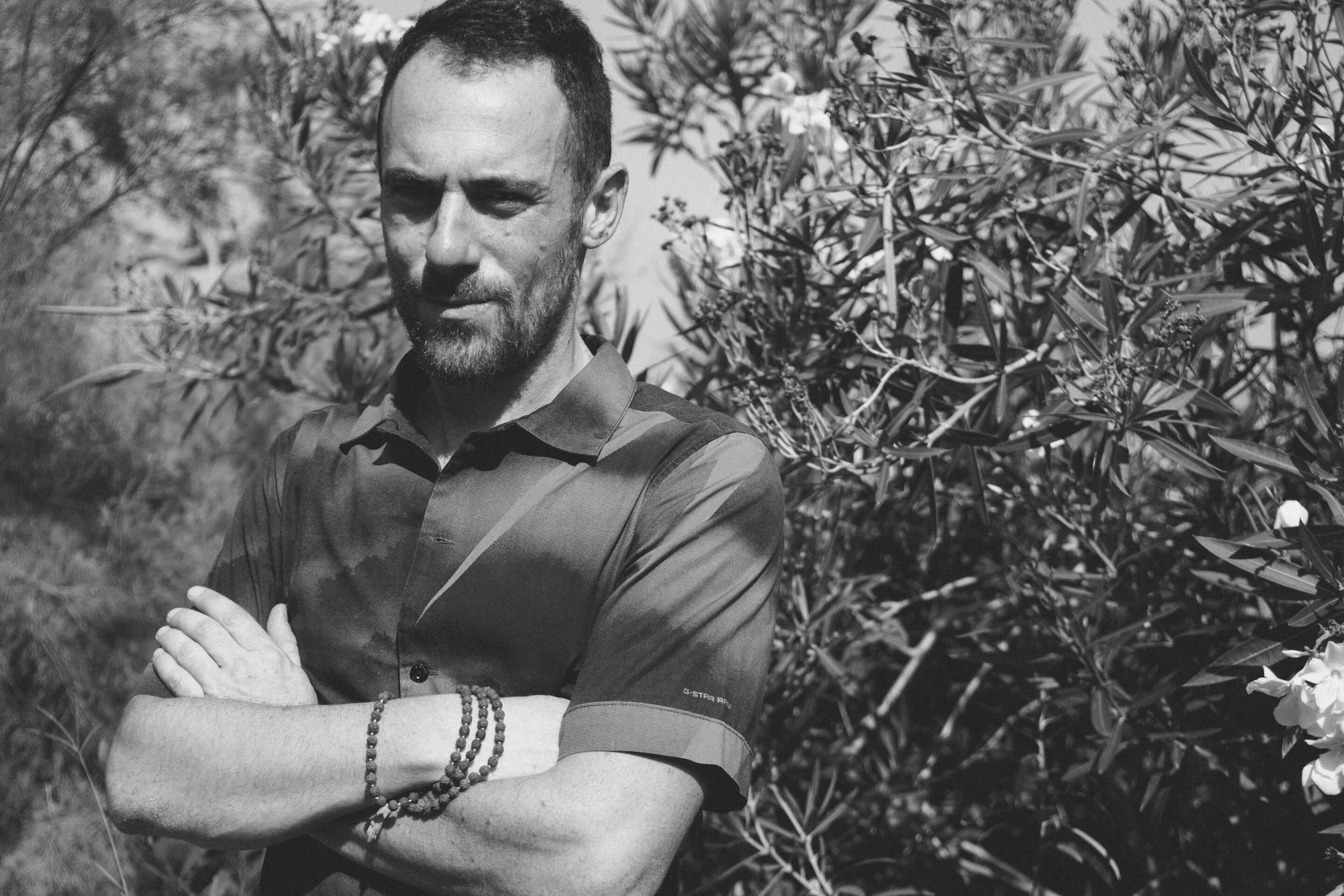
What’s the genesis of this project, where did you get the idea of making a film in virtual reality out of your theatre play and how come you didn’t choose to make a more classic long feature film, for example?
___________
E: Besides the fact that we did many things in virtual reality, so we make experiments with quite everything, let’s say that this show in particular, due to its own nature, is very hard to represent (which doesn’t mean that we didn’t give it a try) in 2D, in a classic video footage, because it’s a show that happened, and still happens, in his virtual shape, moving more and more within the audience, so not in the stalls; the audience members themselves tended to look around, rather than just look at what was happening on stage. So, the possibility to turn around, the 360° view, gave us this kind of possibility, that is to be more adherent to the theatre experience. Plus, we soon realized that this added a new topic, a stronger issue within the show, which means that the show became a critic to the medium itself, as well; the sort of coercive condition towards which it tends in terms of feelings, since the show almost becomes a horror show, with this kind of equipment is even more emphasized because it’s an individual experience from which you cannot escape and you fall into darkness on your own, really; the film, in fact, is extremely long to be VR, it’s one hour and ten minutes long, while with VR you usually have enough of it after ten or fifteen minutes; but with our film people stay, just as if they were at the theatre.
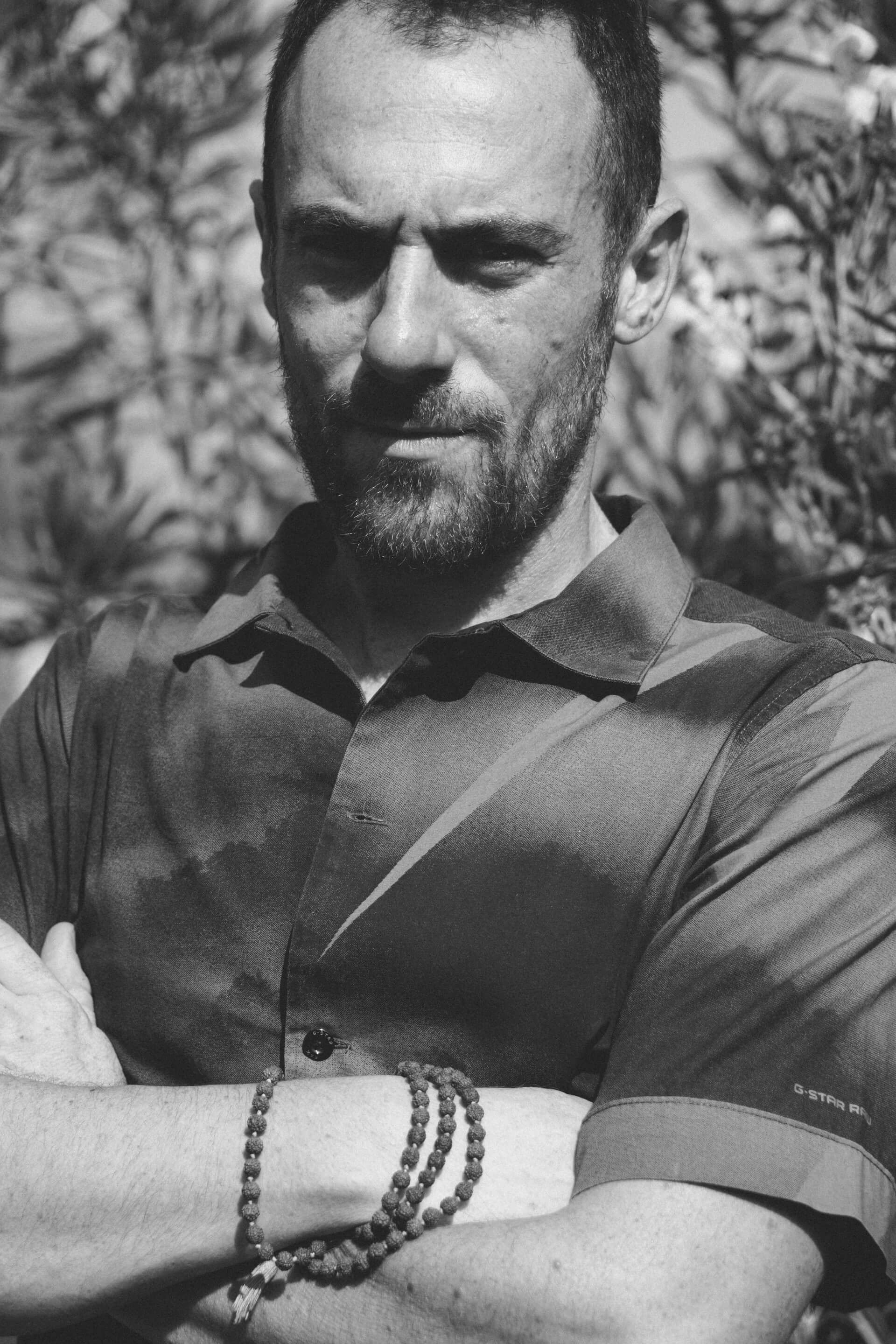
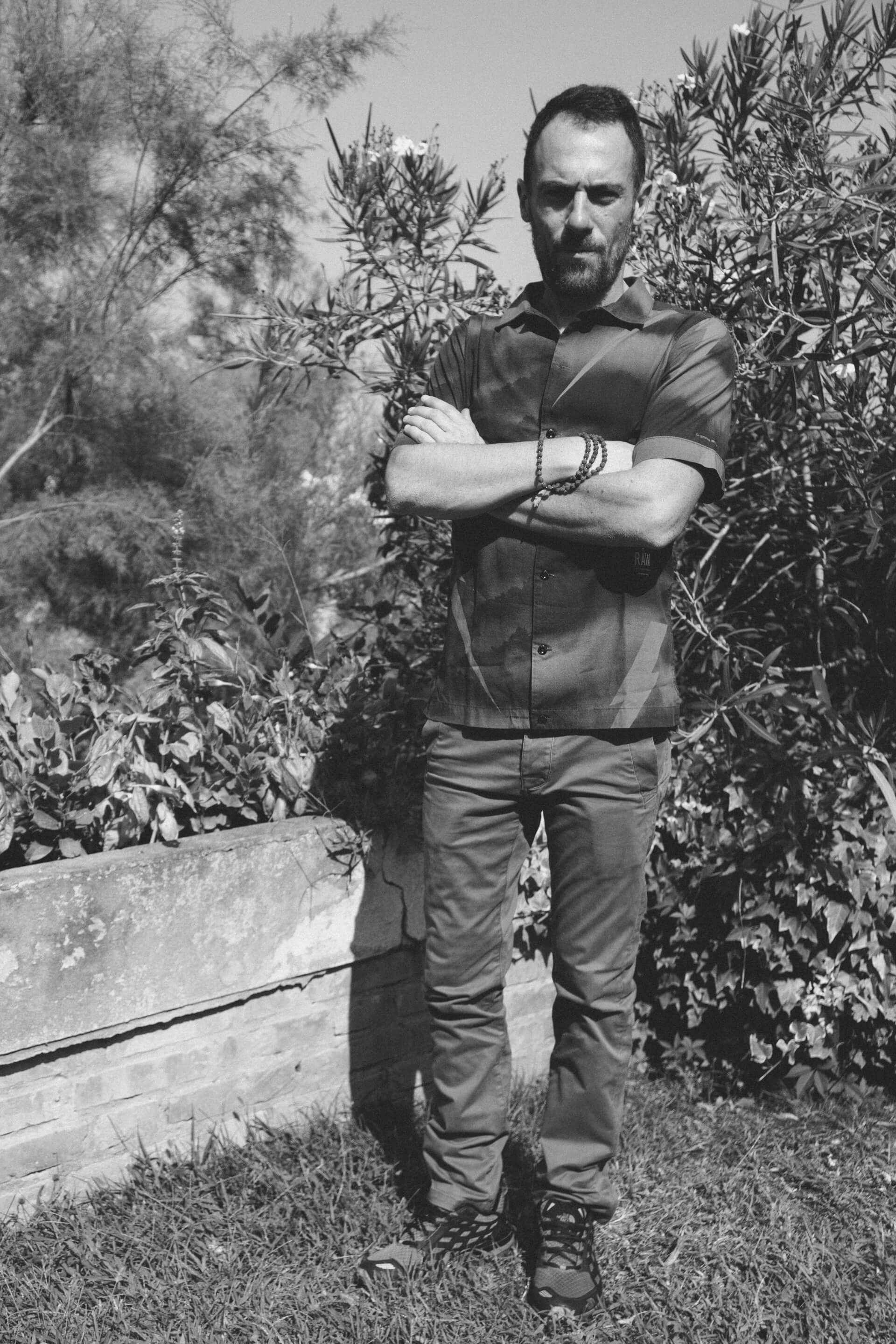
“The possibility to turn around, the 360° view, gave us this kind of possibility, that is to be more adherent to the theatre experience.”
What’s the message or lesson that you’d like the audience to take home with them after this experience?
__________
E: Well, let me answer with a line about the fact that no one needs to give you a lesson, much less our show, but we hope that the show can act as a sort of shock therapy, that it turns into an effort to reanimate individual’s consciousness, to mean that later on, all this individualism paradoxically generates an homologation of thoughts for which no one, then, thinks with his own head. What we’re trying to make people understand is that the warning sign that we give is about the dangers of the lack of personal thought, so the lesson that we give is that each one of us gives lessons to their own selves, hopefully as many as possible.
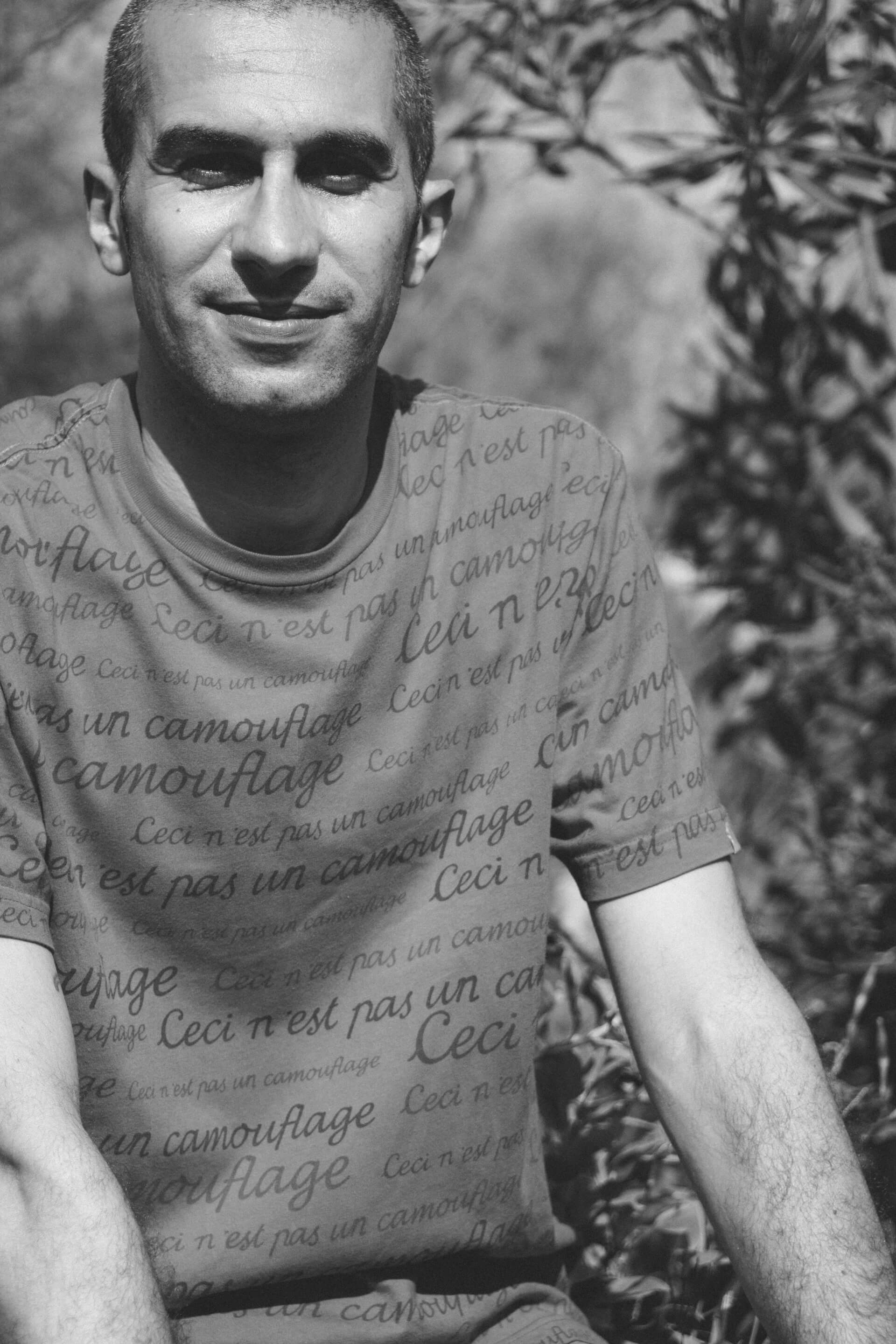
Do you think that this project can be a first step in a long line of similar projects, also due to virtual reality’s ability to engage the audience not only emotionally, but also physically?
__________
O: That’s already more than a first step, for sure, since we’ve been experimenting this kind of thing for a while and we also have more of that in the works and we’re developing it. What we like to highlight is that we’ve also thought about distribution: since it’s a new kind of language, something very private, our aim is to make it a collective experience which is closer to what the cinema of the beginning was, to make it a social experience. We don’t only care about the content, but also about the fruition, so we like to recreate the theatre environment, that is when people, before wearing the VR goggles, feel as if they were in a face-to-face situation, like when something is happening in front of you, and the moment they wear their goggles they find themselves with other people next to them, virtual people, but this also helps to get deeper into the experience.
E: Yes, because then, like all things, there’s no distributive dimension, we’re full of content but nobody knows where to watch it, even us, who have goggles at home… you don’t feel like watching it because, as Omar was saying, it’s a completely individual experience. We invented this stuff, that is to bring, we ourselves, as it was once and as Omar was saying, cinema, or the simultaneity of the vision, in an environment that takes you back to that atmosphere, so you’ll want to go have this experience. What else? The collective experience, the fact that you don’t see it at home on your own, but when you take off your goggles you can talk about it with the people that were next to you. Since this was a show that, by its very nature, made people talk, I used to spend half an hour, at the theatre, not making selfies, but talking with the audience, and this already happened during the repeat performances; this also happens with virtual reality, to our big surprise. So, two things: to solve the distribution issue, touring with the show, and to restore the collective vision, by strongly criticizing the danger of this medium, which is alienation, on a maximum level compared to all the other mediums, because it puts headphones and a mask on you, so we just need them to shut our mouth too…(laughs).
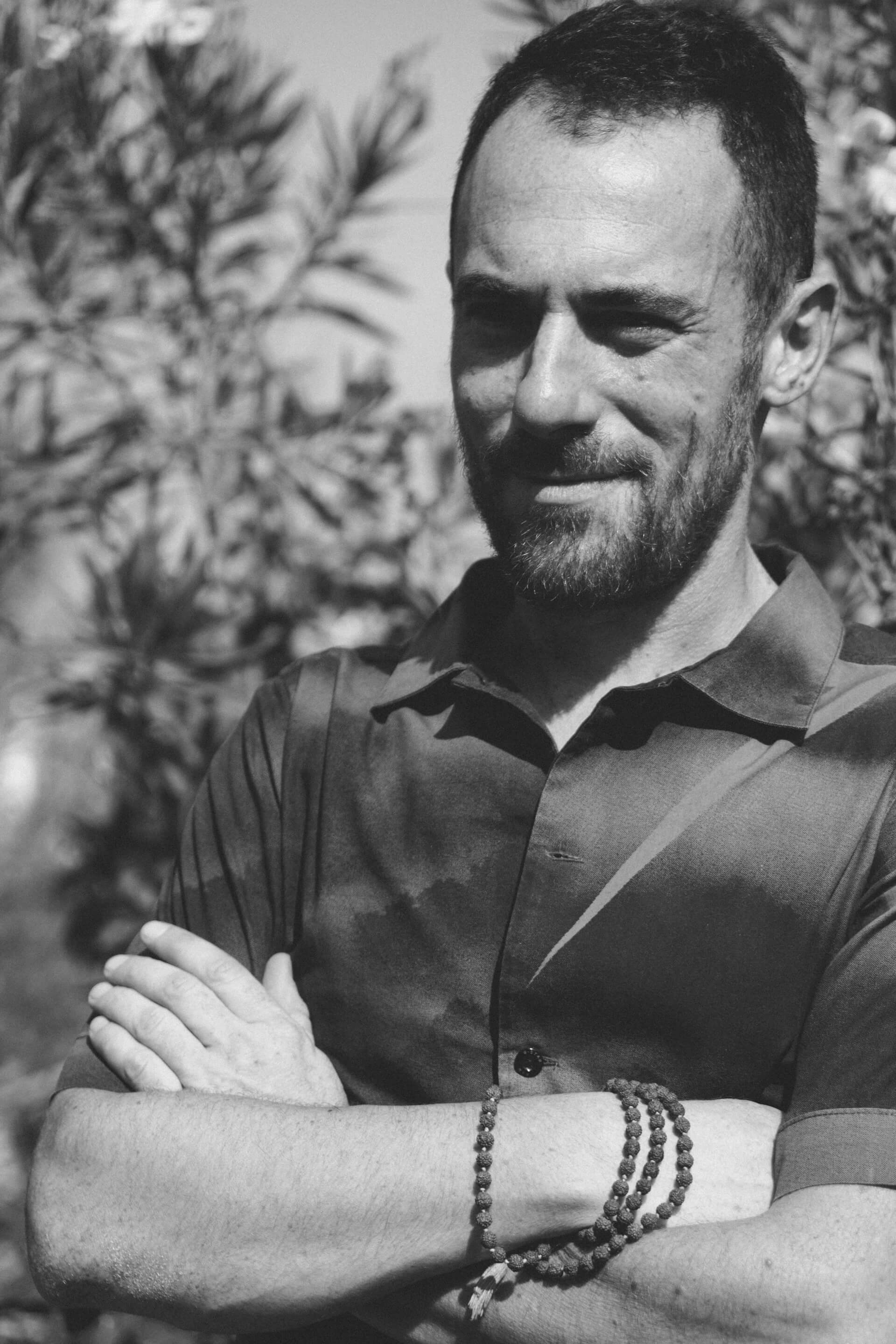
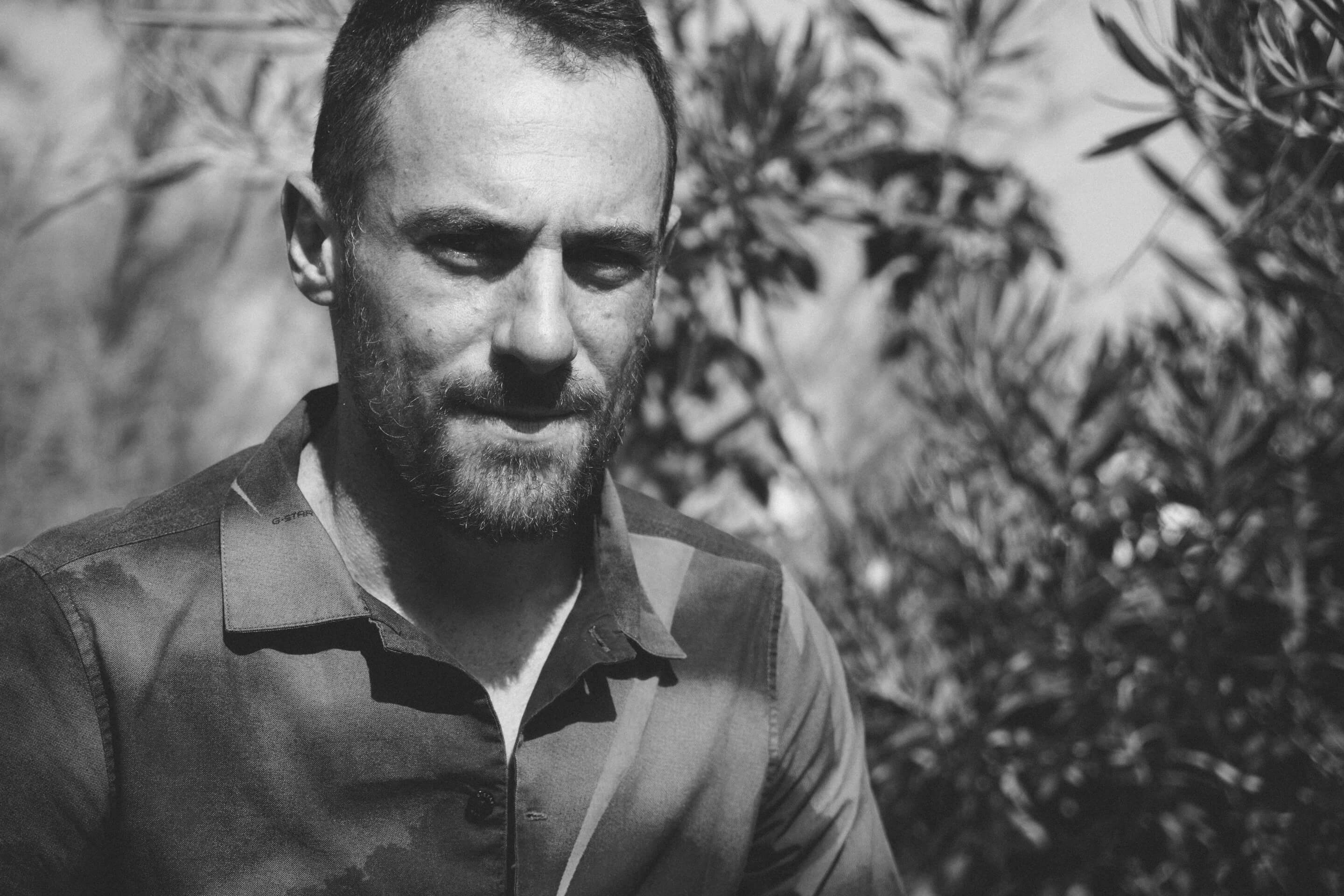
“Two things: to solve the distribution issue, touring with the show, and to restore the collective vision.”
Can you think of any movie that you’d like to see in VR or out of which you’d like to make a VR version?
__________
E: I mean, the only thought of horror movies makes me shit my pants…Because with virtual reality if someone says like “buh!” from behind your back, you blow up, I think, because it’s the scariest thing you can see…
O: Well, if I have to think of a movie, I guess I’d like to see “Matrix” in virtual reality, maybe chapter four, who knows (laughs).
E: Gosh… Cameron will do it, for sure! Anyway, seriously, the thing virtual reality is strong for is journalism. I mean, the reason why we hope for the beginning of a distribution… that is, in the moment in which this thing is made, and virtual reality is distributed in a collective way and you end up wanting to see it, well, at that moment we show what happens in the world, since watching it on a screen sort of protects you, it’s always a picture of something, while if you dive into it, for all things, you get to wear other people’s shoes, you get to go to those places, because the experience of people in Syria, or on a boat that’s escaping from Syria, would make people understand on an emotional level things which are really hard to fall from the sky, it would not make people tell them as if they had happened by chance, avoiding pietism. You don’t need much in that case, you just need some gobbler and you’re inside with no need for words, it’s the greatest form of unveiling to recover that emotional consciousness that people lost with the rhythms of contemporary language. The things that we watch on TV do not touch us anymore, even if they’re women with kids, no one thinks anymore that it could have been them. This thing here, with virtual reality, is way more violent, you enter the war zone and you feel bombs up your ass! So maybe you can use your head a little bit more, and I hope for some great journalism in virtual reality; in that case, it would be real virtuality as we, bullshitters, called it once… Sorry for my trash talk (laughs).
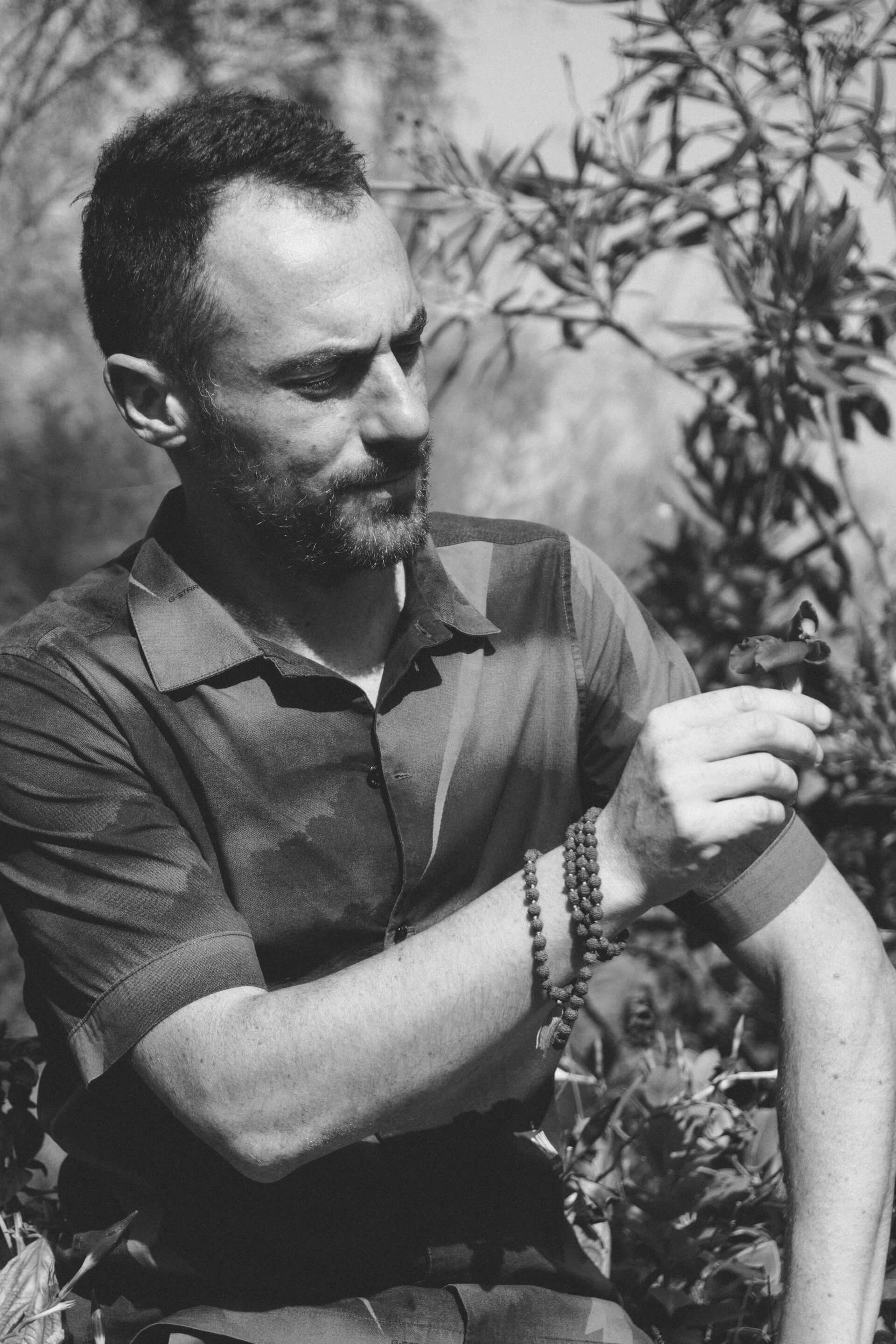
“You just need some gobbler and you’re inside with no need for words, it’s the greatest form of unveiling to recover that emotional consciousness that people lost with the rhythms of contemporary language.”
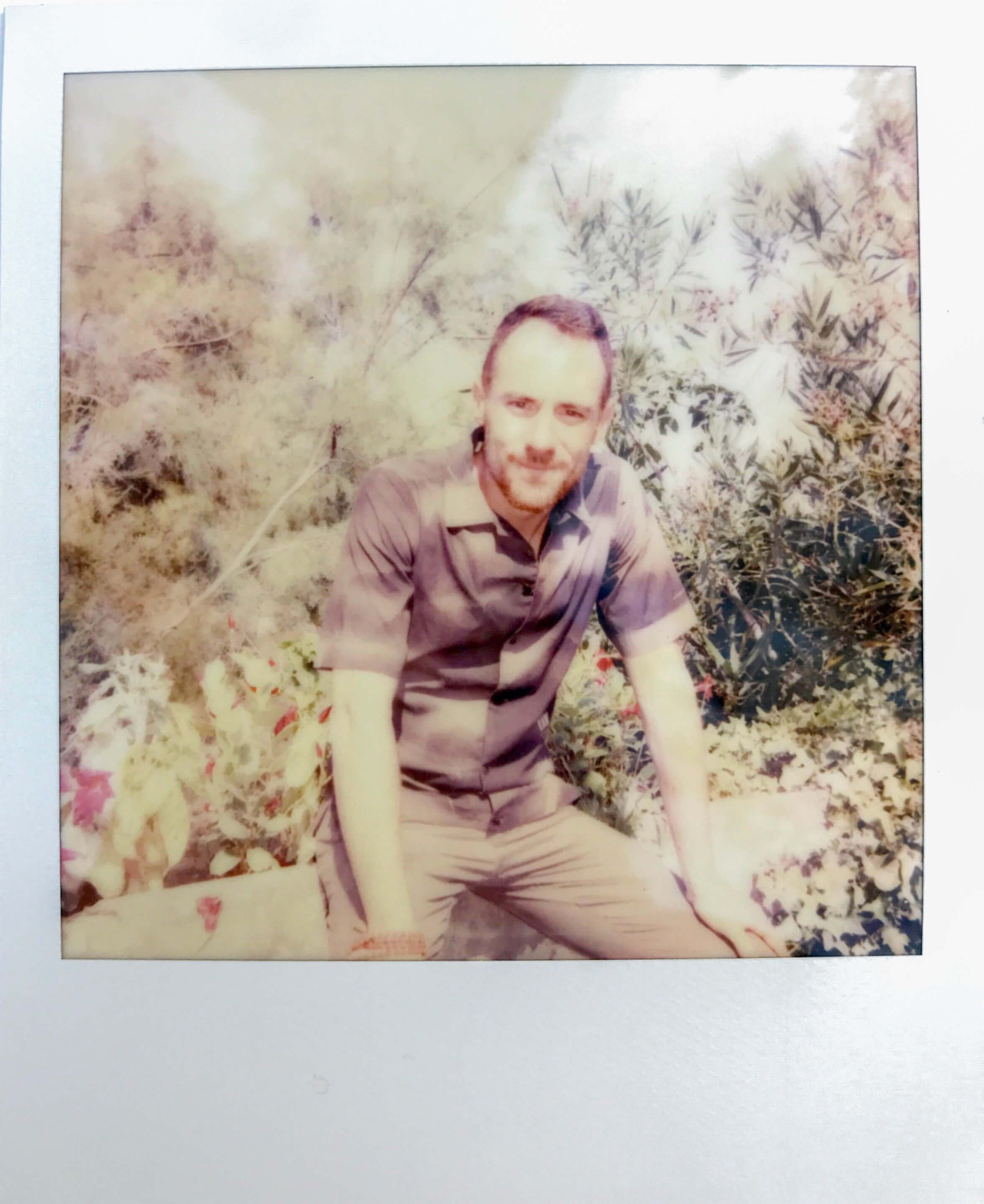
Photos by Johnny Carrano.

